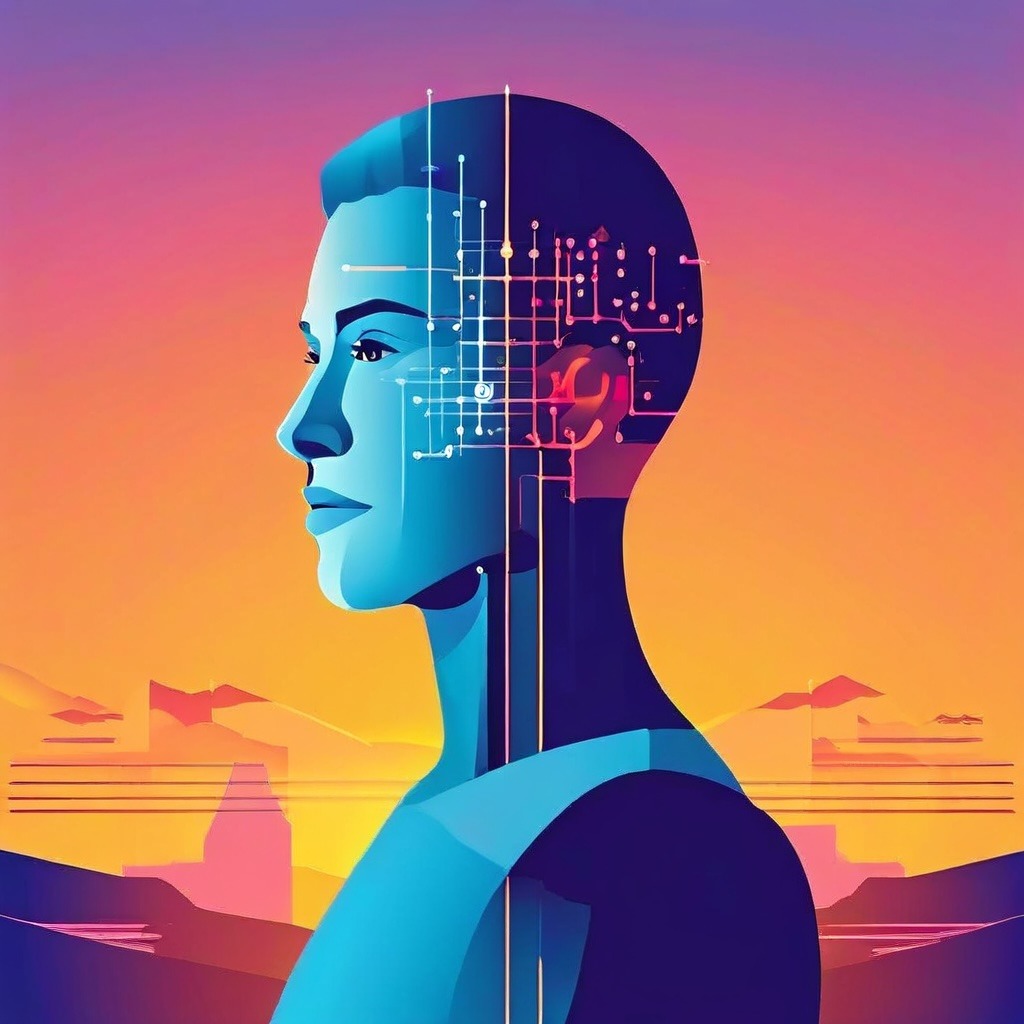The Rise of Generative AI: A New Frontier in Automation
The rise of generative AI has ushered in a new frontier in automation, revolutionizing the way white-collar professionals work. With its ability to generate human-like text, images, and even music, generative AI has the potential to streamline and optimize various tasks, reducing the need for human intervention. This technological breakthrough has not only sparked excitement and curiosity but also raised concerns about the future of white-collar careers in the USA, Europe, and India. As we explore the impact of generative AI, we discover both the promises and challenges it poses for professionals in these regions.
The Evolution of AI in the Workplace
AI’s journey in the professional sphere has been meteoric. Initially confined to performing rudimentary tasks, AI systems, thanks to advancements in general AI, now exhibit capabilities that were once the sole purview of human intellect. General AI, characterized by its ability to learn, reason, and apply knowledge across a wide range of tasks, is no longer a futuristic concept but a present-day reality impacting jobs in finance, healthcare, legal, and other sectors.
Case Study: AI in Financial Analysis
A prominent example is the finance industry. In Wall Street and European financial hubs, AI algorithms have taken over tasks such as market analysis and data interpretation, roles traditionally held by financial analysts. These AI systems can process vast datasets far quicker and more accurately than humans, leading to a shift in the job market dynamics.
Geographical Variations in AI’s Impact
The United States: Pioneering AI Advancements
In the USA, Silicon Valley and other tech hubs have been at the forefront of AI development. This has led to a significant transformation in job descriptions and requirements, with a growing emphasis on AI literacy. The American workforce faces a dual challenge: adapting to AI co-workers and evolving job roles that demand a symbiosis with AI systems.
Europe: Balancing Innovation with Regulation
Europe’s approach to AI in the workplace has been more cautious, emphasizing ethical considerations and workers’ rights. The European Union’s General Data Protection Regulation (GDPR), for example, places constraints on AI data usage, impacting how AI is integrated into professional environments. Despite these regulations, AI’s penetration into white-collar jobs is evident, albeit at a different pace and nature compared to the USA.
The Indian Perspective: Navigating the AI Transformation in White-Collar Employment
The Landscape of AI in India’s White-Collar Sector
India’s journey with AI in the white-collar job market is a narrative of contrasts and rapid evolution. Known as a global IT and service hub, the country’s economic landscape is marked by a robust service sector, which includes IT services, customer support, and knowledge process outsourcing (KPO). These sectors, historically reliant on a large, skilled workforce, are now at the forefront of AI-induced changes.
AI-Driven Transformation in IT and Services
In India’s IT corridors, such as Bengaluru, Hyderabad, and Pune, there’s a visible shift towards integrating AI into traditional services. Companies are increasingly adopting AI for tasks like software testing, data analysis, and customer interaction roles. While this enhances efficiency and service quality, it also necessitates a significant transformation in workforce skills. The demand for AI literacy and the ability to work alongside AI systems is rising sharply, creating both opportunities and challenges.
The Outsourcing Dilemma
A significant concern in India’s white-collar sector is the potential impact of AI on outsourcing. With AI’s ability to automate complex tasks, many jobs that were outsourced to India, particularly in customer service and back-office operations, are at risk. This trend could lead to a major restructuring of the outsourcing industry, urging a shift towards more specialized and AI-complementary services.
Reskilling and the Digital Workforce
Recognizing the imminent AI revolution, both the Indian government and private sector have initiated efforts to reskill the workforce. Programs focusing on AI, machine learning, and data analytics are becoming increasingly prevalent. The challenge, however, lies in the scale of reskilling needed and the pace at which AI technologies are evolving.
The Urban-Rural Divide and AI Accessibility
Another aspect unique to India is the stark urban-rural divide in terms of technology access and literacy. AI’s penetration in urban areas is creating a technology divide, where rural regions might lag in AI adoption and related job opportunities. This could lead to a geographical skew in AI-related job displacement and creation.
The Role of Government Policies and Initiatives
The Indian government plays a crucial role in navigating this transition. Policies around AI education in schools and universities, incentives for AI-based innovation, and frameworks for ethical AI usage will be crucial in shaping how India adapts to the AI revolution in white-collar jobs.
Case Study: AI in Indian Healthcare
A notable application of AI in India is in the healthcare sector. AI-driven startups are collaborating with hospitals to improve diagnostics and patient care. For example, AI is being used to analyze medical images and predict patient risk factors more accurately than traditional methods. While this has improved healthcare delivery, it also poses questions about the future role and skills required for healthcare professionals.
The Psychological and Societal Implications of AI in Workplaces
Shifting Job Roles and the Need for Reskilling
AI’s encroachment into professional sectors isn’t merely about job loss; it’s about job transformation. In the USA, Europe, and India, there is an increasing need for professionals to reskill, adapting to a workplace where AI tools are collaborators, not just tools. This transition brings psychological challenges, as workers must continuously adapt to remain relevant.
The Ethical Dilemma of AI Decision-Making
Another aspect often overlooked is the ethical dimension of AI in decision-making roles. As AI systems start making decisions that were traditionally made by humans, like loan approvals or legal judgments, it raises questions about bias, transparency, and accountability.
The Economic Implications: Productivity vs. Job Displacement
The Paradox of Increased Productivity
AI’s role in enhancing productivity is undeniable. In sectors like healthcare, AI-driven diagnostics have improved efficiency. However, this increased productivity comes with the paradox of job displacement. As AI systems become more competent, the need for human intervention diminishes in certain roles, leading to a restructuring of the job market.
Case Study: AI in Healthcare Diagnostics
In healthcare, AI’s ability to analyze medical images and patient data has revolutionized diagnostics. In the USA, Europe, and India, radiologists and other specialists now work alongside AI, leading to faster and more accurate diagnoses. However, this also raises questions about the future role of these professionals.
Navigating the AI Landscape in White-Collar Jobs
The infiltration of AI into white-collar sectors is a complex phenomenon, marked by regional variations and sector-specific challenges. As the USA, Europe, and India each navigate this landscape, the common thread is the need for a strategic approach to AI integration. This includes ethical considerations, workforce reskilling, and addressing the socio-economic implications of AI-driven job transformation. The silent revolution of AI in white-collar jobs is not just about technological advancement; it’s about reshaping the very fabric of the professional workforce.





